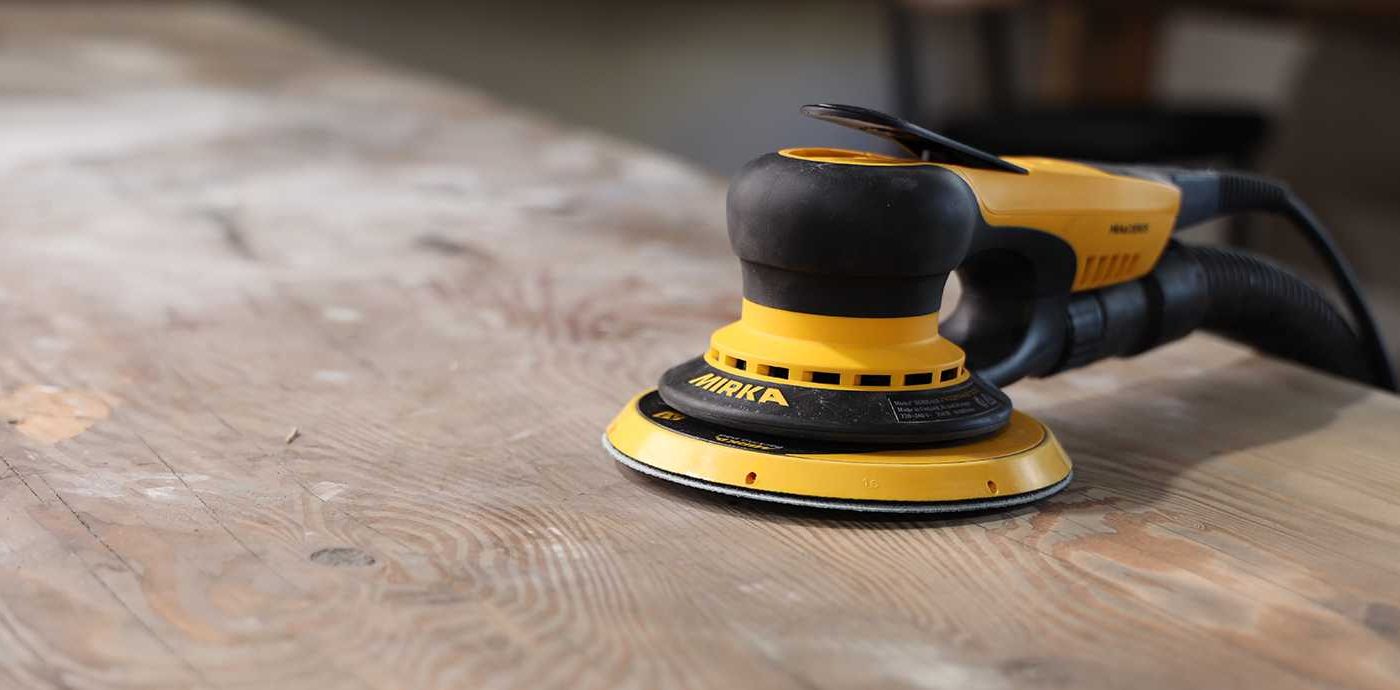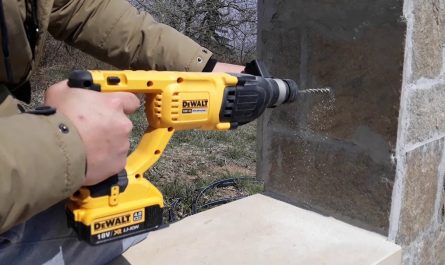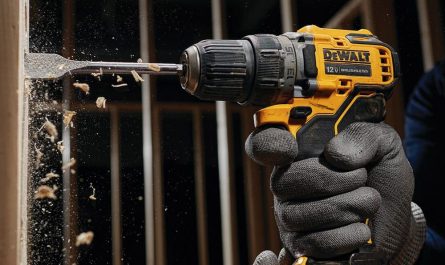In the precision-driven world of carpentry and woodworking, a flawless surface finish is often what separates amateur results from professional craftsmanship. That’s where the orbital sander comes in—offering speed, consistency, and a smooth touch that manual sanding can’t match. Whether you’re preparing wood for paint, leveling a surface, or removing old varnish, orbital sanders are a go-to tool for both professionals and dedicated DIYers.
History and Evolution of the Orbital Sander
Orbital sanders were introduced in the mid-20th century as a modern alternative to manual sanding and bulky belt sanders. Their key innovation lies in the orbital motion—a spinning disc that moves in tiny ellipses rather than a single, straight path—allowing for smooth, swirl-free finishes across flat and contoured surfaces.
Over the years, new features like dust collection systems, variable speed settings, hook-and-loop sanding pads, and ergonomic designs have made orbital sanders more comfortable and efficient than ever. Cordless models have also emerged, giving users more flexibility when working in tight or remote spaces.
Types of Orbital Sanders and Their Applications
1. Random Orbital Sander

Description and Use:
The most popular type among carpenters, random orbital sanders combine spinning and orbital movements to deliver a smooth, swirl-free finish. Unlike fixed-orbit models, the random motion helps prevent visible sanding patterns, making it ideal for finishing projects where appearance matters.
These sanders are perfect for removing paint, smoothing wood before finishing, and sanding between coats of varnish or sealer. The circular sanding pad typically ranges from 125mm to 150mm in diameter and uses hook-and-loop fasteners for quick disc changes. Whether you’re working on cabinetry, tabletops, or trim, this tool ensures a consistent finish without gouging the surface.
The random orbital sander is a must-have in any woodworking shop thanks to its versatility and user-friendly operation. From aggressive stock removal to final surface prep, it adapts easily to various tasks and materials.
Technical Characteristics:
- Uses circular 125mm–150mm sanding discs
- Random orbital motion for smooth results
- Variable speed control (4,000–12,000 OPM)
- Integrated dust collection with bag or vacuum port
Price Range:
€60 – €250
2. Cordless Orbital Sander

Description and Use:
Cordless orbital sanders offer mobility and convenience, making them great for job sites or areas without power access. Powered by rechargeable lithium-ion batteries (typically 18V), they perform comparably to corded models for light to medium sanding tasks.
Ideal for finishing jobs on installed woodwork like baseboards, doors, or shelving, these sanders allow users to move freely without worrying about tangled cords. Many cordless models also feature brushless motors, variable speed dials, and battery indicators for greater efficiency and control.
While they may not match the endurance of corded versions during extended use, their portability and ease of setup make them an essential tool for touch-ups, on-site prep work, or detailed refinishing.
Technical Characteristics:
- 18V–20V lithium-ion battery power
- Variable speeds and dust collection
- Compact and lightweight for ease of movement
- Runtime of 20–40 minutes per battery
Price Range:
€90 – €300
3. Finishing (Sheet) Orbital Sander

Description and Use:
Also known as a 1/4-sheet sander, this type of orbital sander is ideal for ultra-fine work on flat surfaces. It uses rectangular sanding pads and produces a consistent orbital motion, perfect for light material removal, sanding corners, or preparing surfaces for painting.
Finishing sanders are commonly used in cabinetmaking, furniture refinishing, and trim installation, where subtle surface correction is required. While not as fast at removing material as random orbitals, their gentle action makes them less likely to leave marks or damage delicate pieces.
Carpenters often use sheet sanders for final passes or in between coats of finish. Their square design allows access to inside corners and edges that circular sanders can’t reach—making them a reliable companion for precision detail work.
Technical Characteristics:
- Uses 1/4 or 1/3 sheet sandpaper (clamped in place)
- Orbital speed around 10,000–14,000 OPM
- Lightweight, ideal for vertical or edge work
- Best suited for fine finishing and sanding primer
Price Range:
€40 – €150
Common Applications in Carpentry and Woodworking
- Surface Preparation: Removes imperfections, mill marks, and old finishes before applying paint or stain.
- Detail Sanding: Perfect for smoothing edges, curves, and tight corners using appropriate pads or attachments.
- Between-Coat Sanding: Ideal for gently abrading between layers of varnish, polyurethane, or paint.
- Furniture Refinishing: Essential for stripping, smoothing, and prepping wood surfaces for restoration.
- Trim and Molding Work: Used for smoothing joints and edges in baseboards, crown molding, and custom trim.
Conclusion
The orbital sander has become a cornerstone of modern woodworking thanks to its unmatched ability to deliver smooth, professional finishes with minimal effort. With several models tailored for different tasks—random orbital, cordless, and finishing sheet sanders—this tool adapts to nearly every sanding need on the job or in the workshop.
By selecting the right type for your workflow, using the correct grit sequence, and keeping your sander well-maintained, you’ll be able to achieve superior surface quality quickly and efficiently. In any project where the final look matters, an orbital sander is more than just a tool—it’s your finishing touch for excellence.



